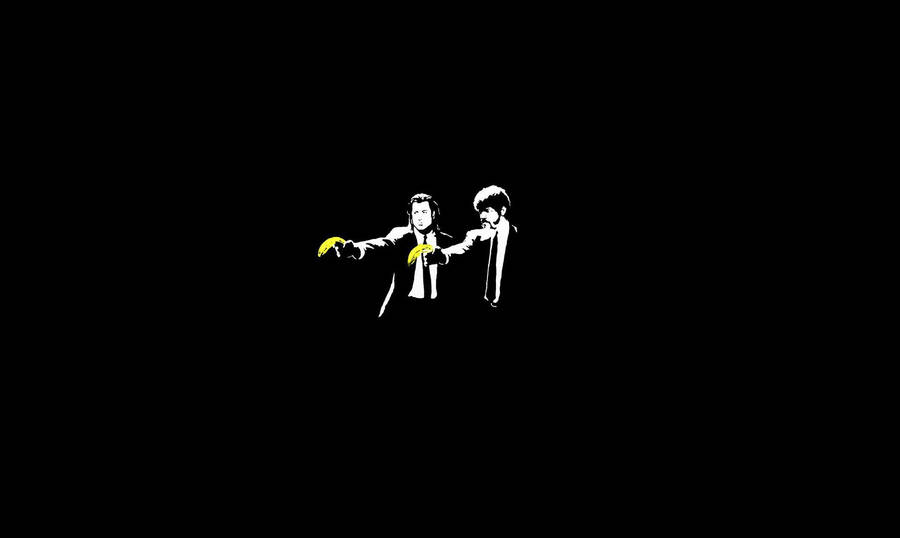Have you ever listened to somebody speak and as they talk you know what point they are trying to convey, but you get something different. That was yesterday as I listened to a presentation on 20% time (Genius hour).
Where we spend our time shows what we think is important and where our passions lie.
I listened to a teacher go on about how they incorporate 20% time (20Time) into the classroom with under-performing students. It was inspirational. However, I started to drift off and thought about what she was saying. I loved how she spoke about students and their passion for identifying and solving the problems that they had identified. Your passion dictates your 20Time.
It was apparent that her 20Time and passion was 20Time. She has dedicated time to her students and getting them inspired to change their world and situation. It is amazing how time is such a tell of our passions. Where we spend our time shows what we think is important and uncovers our passions. The belief that, if you think it is important then you show up.
I am a fan of reading. It is kind of like going to a conference, but instead of listening, it is reading. John C. Maxwell wrote How Successful People Think which is a great book that goes through different kinds of thinking. I love how it highlights the importance of thought and setting aside time for it, but also how it delves into the different ways that a person can think. I have found it useful.
Can you describe your passion in less than 30 seconds?
I know that we are all in education for kids, but don't cheat and say that is your passion, because we all have a different angle and belief in what is best for kids. What do you think is best for kids and what do you think is an issue worth changing? The problems that you see and the solutions that you work to create are the passions that you have. What are your passions? Where is your time spent, what problem do you want to solve?
Now What?
So you learned something new, Now What are you going to do with it?
Finding our passions is like modeling problem-based learning for our students. Even if we are not intending to, just the work we put in to the things we are passionate about is an example for our students of how to learn and what to do with the things that we enjoy. Our pursuit of our passions shows how we are lifelong learners. Not that we are always reading, but that we are learning things to apply them to our passions, our students, our children, and whatever else it is that we find worth our time.


















